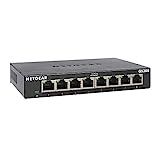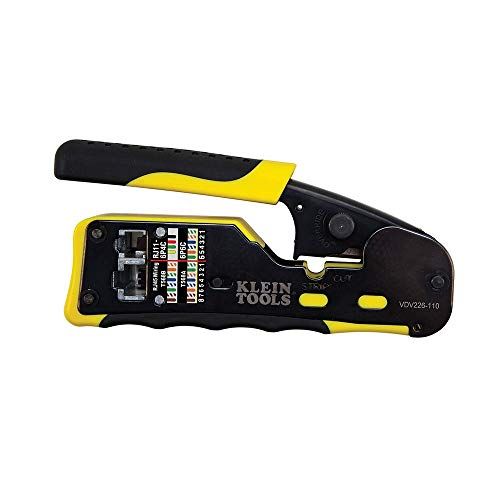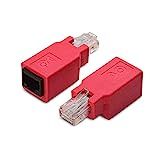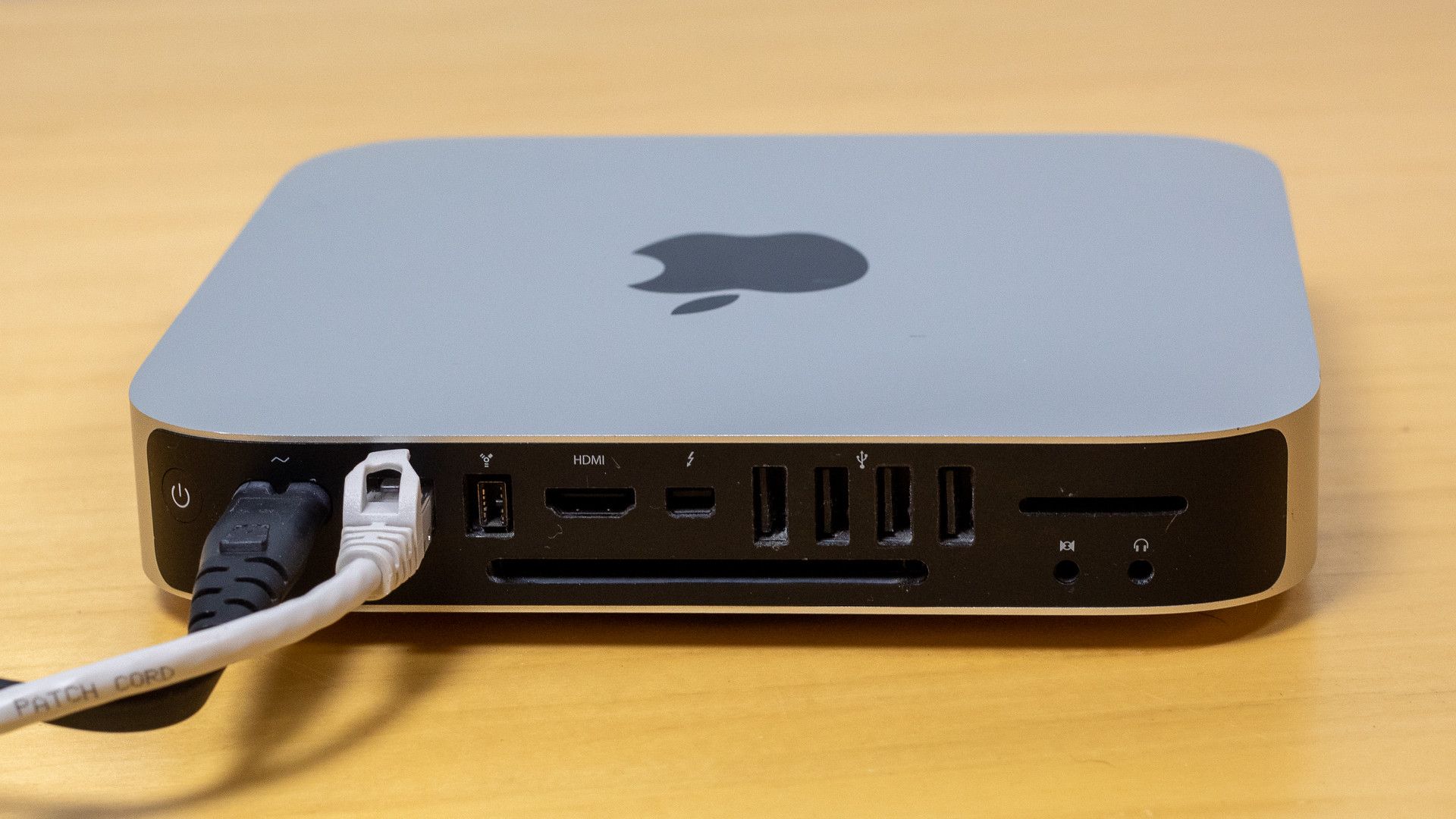Quick Links
Key Takeaways
An Ethernet crossover cable swaps the transmit and receive pins between its plugs to allow for direct connections between host devices. Modern devices don't need this anymore, but older network devices might.
You probably don't think much about compatibility when you plug in your Ethernet cables, but sometimes when you directly connect two devices with an Ethernet cable, they won't talk to each other! This is where you need a "crossover" cable.
What Is an Ethernet Crossover Cable?
In a crossover cable, as opposed to a "straight through" cable, the transmit (TX) pin on one end of the cable has been connected to the receive (RX) pin. In other words, the signal traveling from one pin to another crosses over from the transmission and reception pins and vice versa.
Why? Because this allows two devices connected by Ethernet to talk directly to each other without needing a network switch, hub, or router between them. If you connect a straight-through cable to two host devices (such as two PCs) then both devices will try to transmit data packets on the same wire, and both will be listening on the same wire, so no actual data will make it through either way.
When You Should Use a Crossover Cable
Geeks of a certain age will remember just how prized and useful crossover cables were before home Wi-Fi or network hubs that mere mortals could afford became commonplace. Crossover cables were great for sharing a dial-up internet connection between two PCs, for multiplayer gaming between two players, or for transferring files between computers much more quickly than using CDs, floppies, or even external hard drives.

NETGEAR 8-Port Gigabit Ethernet Unmanaged Switch (GS308)
A cheap, fast, and reliable way to turn on Ethernet cable from your router into seven.
You can still do that today, but with high-speed Wi-Fi, routers with integrated Ethernet ports, Powerline Ethernet, and incredibly cheap Ethernet switches, it doesn't seem worth the hassle.
However, there are still plenty of modern uses for crossover cables:
- Connecting two computers for private, high-speed file transfer or file sharing.
- Connecting directly to a NAS without any other network devices in between, mainly for speed but perhaps also for privacy.
- Connecting network switches to each other.
- Network troubleshooting, by connecting two devices without anything else in between, you can eliminate any other possible hardware devices causing network problems.
- Directly connecting a printer with an Ethernet interface to a PC.
This isn't an exhaustive list, just a few examples to show you where these cables are helpful.
How to Make a Crossover Cable
You can simply buy a pre-made crossover cable if you need one, but if you want to make one of the exact length you need, the classic way of making a crossover cable is to use a crimping tool. This tool lets you arrange the wires from an Ethernet cable as you wish and then crimps and seals them into an Ethernet plug.

Klein Tools VDV226-110 Pass-Thru Wire Crimper
A versatile crimping, stripping, and cutting tool that supports standard and pass-thru RJ4 plugs.
That being said, these days, it's far easier to buy a pair of crossover adapters. These little gadgets go onto the ends of an existing straight-through cable and convert them to crossover. Easy-peasy, with no wire stripping or swearing required.

Cable Matters 2-Pack Crossover Adapter
They turn your standard Ethernet cable into a crossover cable for ten bucks.
You Probably Don't Need a Crossover Cable Anymore
Here's the real kicker: you probably don't need a crossover cable for direct connections. At least, you don't if your network gear is fairly recent. That's thanks to a feature known as "auto-MDIX" (Automatic Medium-Dependent Interface Crossover) and it allows any device to detect what sort of cable is plugged into it.
The computer, router, or whatever Ethernet device you've plugged into will figure out that you've plugged in a straight or crossover cable and then reconfigure the roles of the pins in its Ethernet port to allow for regular network communication.
If you have older network gear, there's absolutely still a need for crossover cables, but before you spend any money, try a direct connection with the Ethernet cables you already have to see if they work. The worst that can happen is that no data gets through; you can't damage anything this way.

